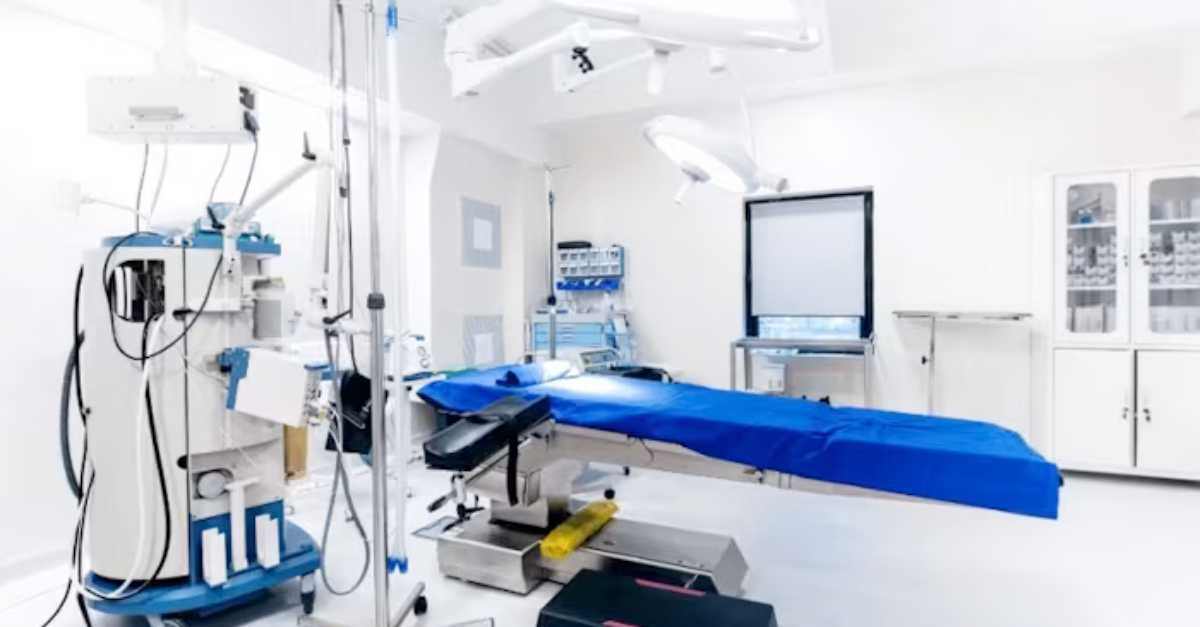
How to Optimize Equipment Availability as Demand Surges
Explore how to manageable and utilize staff and resources to meet surging needs in this ever changing landscape.
Solutions
Workplace Management Solutions
Real Estate Management Solutions
Maintenance Management Solutions
Energy Management Solutions
Engineering Document Management Solutions
Asset Management Solutions
Automate campus scheduling for classes, meetings, and exams with our EMS software.
Plan and manage conferences effortlessly with EMS software to impress guests and streamline operations.
Boost workplace flexibility and maximize space use with seamless desk and room booking.
Organize workplace or campus events smoothly, creating memorable experiences.
Optimize workspace, manage allocations efficiently, and reduce costs with our space management solutions.
Deliver projects on time and within budget by improving communication, collaboration, and efficiency with our software.
Streamline lease accounting for ASC 842, IFRS, and GASB compliance.
Manage leases efficiently by tracking key dates, analyzing costs, and ensuring compliance.
Centralize data and analytics for better insights, faster negotiations, and revenue growth.
Centralize facility and asset maintenance, automate work orders, and ensure compliance with our CMMS software.
Extend asset life, reduce downtime, and prevent costly repairs with data-driven monitoring.
Prevent equipment failures and extend asset life by detecting and addressing issues early.
Make sustainable, cost-efficient energy decisions by monitoring and optimizing power consumption.
Remotely monitor and control equipment with real-time data to predict issues, boost efficiency, and reduce downtime.
Easily share and collaborate on documents, creating a single source of truth for engineers and contractors.
Manage and analyze assets across their lifecycle to schedule maintenance, reduce downtime, and extend lifespan.
Improve visibility, automate work orders, and ensure compliance for efficient facility and asset management.
Resources
Browse our full library of resources all in one place, including webinars, whitepapers, podcast episodes, and more.
Support
Looking for access to technical support, best practices, helpful videos, or training tools? You’ve come to the right place.
About Accruent
Get the latest information on Accruent, our solutions, events, and the company at large.

It can be tricky to juggle infection control and ongoing compliance while maintaining a high standard of patient care. The right tools can help.
Table of contents
As hospitals face significant disruptions and a shortage of resources, they will need to adhere to infection control processes to stay safe and prevent further spread of the disease. In addition to the novel COVID-19, Hospital-Associated Infections (HAIs) contribute to approximately 3,000 deaths and more than $2 billion of excess medical spending annually.
Infectious disease outbreaks demand peak performance from hospitals. Every healthcare worker will be asked to do more with less. Unfortunately, this often leads to shortcuts that impact compliance with infection control procedures. Preparation and automation mitigate risk and reduce the spread of infection.
In northern Italy, healthcare providers are having to make tough decisions about patient care based on equipment availability. If your healthcare system does not have effective tools in place to optimize equipment utilization, response times, and turnaround times, your system could experience shortages that impact lives.
Healthcare CMMS and Asset Management in Facilities/Plant Operations and Clinical Engineering departments play a vital role in infection control and equipment availability. These solutions automate equipment tracking, request management, cybersecurity, temperature and humidity monitoring, and staff management.
Your healthcare system can mitigate infection risk by:
Hospitals need to be more diligent about environmental infection control. Hospitals should review procedures for any equipment that impacts air quality. Consider interim increased intervals for things like filter changes. Isolation rooms and other controlled-ventilation spaces, along with respiratory and other patient equipment, can have their service and maintenance events logged to include replacement of filters, decontamination of objects and room features, and recording of materials used via the work order modules.
Trained staff can be assigned the duties of properly handling soiled linens, biological waste or other infected materials. HVAC systems can have their filters replaced more aggressively, and technologies such as room and space management and IoT systems can provide crucial information at a moment's notice to help with identifying the best place for staff and patients to be.
When a hospital is scrambling to take care of patients during an outbreak, it is crucial to follow the established cleaning process and to know where equipment is for immediate access and availability.
For example, if equipment is not tracked and nurses hoard critical equipment (e.g., IV pumps in closets) because they think it will take hours to get one when requested, it prevents equipment from being available in an emergency and could increase the spread of infection. Increasing equipment availability and utilization also dramatically decreases shortages and reduces the supply chain demand.
By working with nursing and EVS staff to ensure equipment is available, has been cleaned and disinfected, and utilizing your CMMS and asset management solutions to rapidly respond to cleaning requests, your organization can keep up with demand during emergencies.
A modern Request Management portal with mobile capabilities aggregates requests, streamlines workflows and notifies and updates the proper teams. In addition to automating equipment requests and workflow, requests can be created on demand or via integrations with external solutions including EMRs.
Healthcare organizations that leverage advanced CMMS and Asset Management technology can improve infection control and better contain the spread of diseases and HAIs. In addition, systems that employ these solutions lower associated costs, increase equipment availability and offer patients, visitors and staff a better experience and greater peace of mind.
Beyond technology, Accruent experts are available to evaluate your current processes, Key Performance Indicators, and highlight step-by-step improvement recommendations to make your Healthcare Facilities and Biomedical Departments a Strategic Asset.
Contact us today to start a conversation about how Accruent’s Healthcare CMMS & Asset Management solutions can help you with your asset management needs.
Explore how to manageable and utilize staff and resources to meet surging needs in this ever changing landscape.
Discover many common challenges facing hospital departments, how to streamline operations, and what to look for in a CMMS solution.
If you're using an outdated healthcare CMMS, you could be costing your business more than you know. Here's why having the right tech matters.
Subscribe to stay up to date with our latest news, resources and best practices